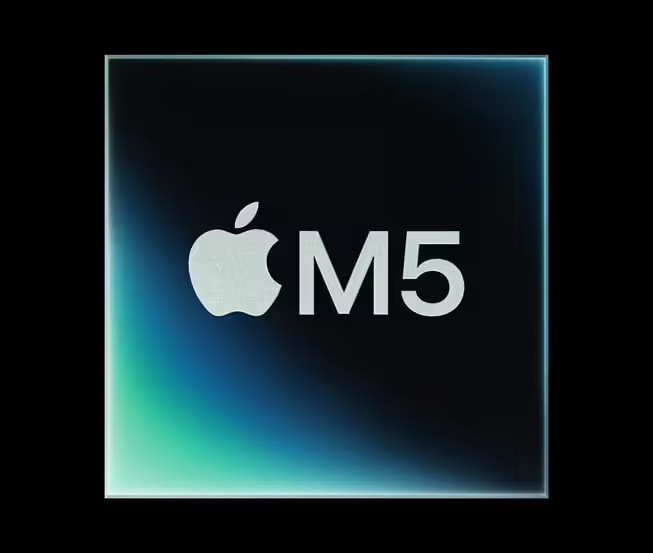Apple officially launched the M5 chip on October 15. This processor, built on a third-generation 3nm process, delivers significant improvements in AI computing, graphics performance, and energy efficiency compared to its predecessor, the M4.
Compared to the M4, the M5’s GPU delivers over four times the peak performance for AI computing and, for the first time, integrates a Neural Accelerator unit in each GPU core, bringing significant acceleration for AI workloads.
The M5 is now available in the new 14-inch MacBook Pro, iPad Pro, and Apple Vision Pro, with pre-orders open.
According to information, the M5 chip features a brand-new 10-core GPU architecture, with each core equipped with an independent neural acceleration unit. This gives the GPU’s AI computing power a boost of more than 4x over the M4 and over 6x over the M1. This GPU is also equipped with a third-generation ray tracing engine and enhanced shading cores, with overall graphics performance increasing by about 30% compared to the M4 and 2.5x over the M1, achieving up to a 45% graphics performance boost in applications that use ray tracing.
The M5 is equipped with a 10-core CPU, including 6 high-efficiency cores and 4 high-performance cores, with its multi-threaded performance improving by up to 15% compared to the M4. The improved 16-core Neural Engine enhances AI task processing speed while maintaining high energy efficiency, working in concert with the neural acceleration units in the GPU and CPU to allow the M5 to comprehensively optimize the AI computing experience.
The M5’s unified memory bandwidth has been increased to 153GB/s, a nearly 30% increase over the M4 and more than double that of the M1, supporting up to 32GB of memory. This architecture allows the entire chip to share a single memory pool, enabling devices to run larger-scale AI models locally while also improving multi-threaded performance and graphics performance for creative applications.
